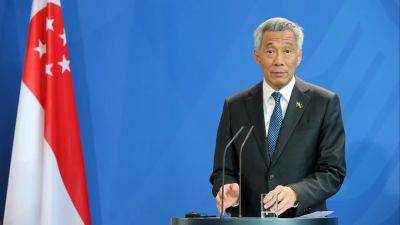Singapore-US nuclear pact spotlights region’s push for alternative energy source
“Nuclear energy is a solution for deep decarbonisation of [Singapore’s] economy, as well as a viable solution for energy security given that more than 95 per cent of its current resources to generate electricity are imported,” said Alvin Chew, a senior fellow at the S. Rajaratnam School of International Studies.
On Wednesday, Singapore and the US signed the deal, known as a 123 Agreement, to deepen cooperation on the peaceful use of nuclear energy as the city state weighs clean energy alternatives as part of its efforts to achieve net-zero carbon emissions by 2050.
“This agreement builds on the long-standing civil nuclear collaboration between the United States and Singapore and outlines a comprehensive framework to deepen peaceful nuclear cooperation based on a mutual commitment to nuclear non-proliferation,” the two countries said in a joint statement on Wednesday.
The agreement is expected to come into full force by the end of the year, after it is reviewed by the US Congress.
Lasting 30 years, the pact will give Singapore access to detailed information on American nuclear energy technologies and expertise that are under export controls.
Singapore is a key player in the global semiconductor industry and relies heavily on petroleum and natural gas, which represent around 85 per cent and 13 per cent of its primary energy consumption respectively.
The US-Singapore agreement comes as many countries in Asia turn to nuclear power as an alternative energy source.
Last year, the Philippines and the US agreed to train Filipinos to build and operate nuclear power plants, just months after signing the landmark Civil Nuclear Cooperation Agreement in November.
The deal allows Washington to export nuclear technology and material to Manila,





